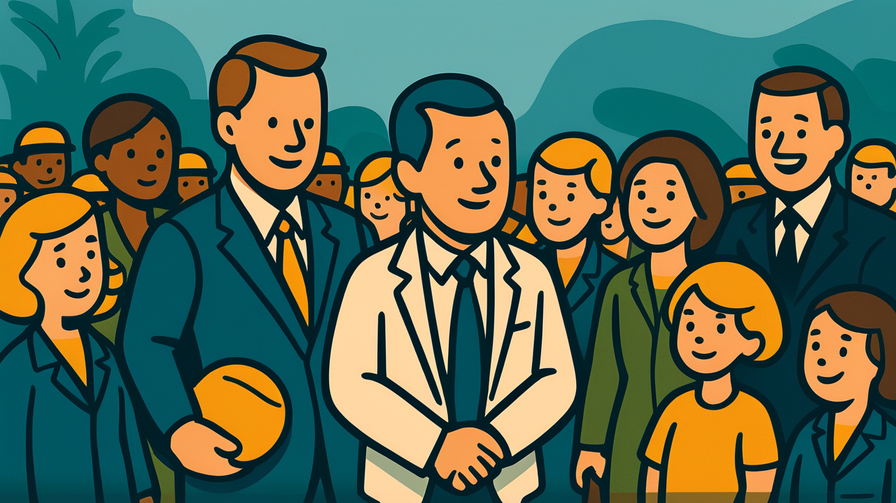[Disclaimer] This article is reconstructed based on information from external sources. Please verify the original source before referring to this content.
News Summary
The following content was published online. A translated summary is presented below. See the source for details.
Australian Prime Minister Anthony Albanese addressed the Labor Caucus, welcoming 24 new House members and 7 new senators while outlining the government’s second-term agenda. He emphasized achievements including reduced inflation, real wage increases, and tax cuts. Key initiatives already delivered include minimum wage increases for 3 million workers, expanded paid parental leave with superannuation, $10,000 apprenticeship support, and energy bill relief. The PM announced upcoming legislation to reduce student debt by 20% (averaging $5,500 savings for 3 million Australians), implement childcare reforms for better safety standards, and protect penalty rates for workers. He also highlighted restored trade relations with China worth over $20 billion, benefiting industries from crayfish to wine. Albanese stressed Labor’s commitment to creating opportunities through gender equality, net-zero transition, and new Australian industries while ensuring no one is left behind.
Source: Australian PM Media Centre
Our Commentary
Background and Context

The Australian Labor Party recently began its second term in government after winning re-election. This speech marks an important moment as the party welcomes new members and sets its agenda. Australia, like many countries, has been dealing with global inflation and cost-of-living pressures that have made life harder for regular families.
The Labor Party traditionally focuses on supporting workers and ensuring fair wages. Their return to power ended years of conservative government, and they’re now working to implement policies they believe will help ordinary Australians.
Expert Analysis
The government’s approach shows a dual strategy: addressing immediate cost-of-living issues while planning for long-term economic changes. By increasing minimum wages and reducing student debt, they’re putting more money directly into people’s pockets.
The focus on childcare reform addresses both safety concerns and workforce participation. When parents trust childcare services, they’re more likely to work, which helps the economy grow. Similarly, paying superannuation (retirement savings) on parental leave helps close the gap in retirement savings between men and women.
Additional Data and Fact Reinforcement
The numbers tell an important story. The government has:
• Helped 3 million workers get wage increases
• Installed over 9,200 home batteries for renewable energy storage
• Restored $20 billion in trade with China
• Plans to cut student debt by an average of $5,500 per person
These aren’t just numbers – they represent real improvements in people’s lives, from higher paychecks to lower electricity bills.
Related News
Australia’s relationship with China has been complicated in recent years. Trade restrictions hurt Australian farmers and businesses, particularly those selling wine, barley, and seafood. The Prime Minister’s recent visit to China and the restoration of trade relationships means thousands of jobs in rural areas are now more secure.
The push for green steel production connects to global efforts to fight climate change. Steel production creates lots of carbon emissions, so finding cleaner ways to make it could help both the environment and create new job opportunities.
Summary

The Australian government is trying to balance helping people today while preparing for tomorrow. Their plans include immediate relief through wage increases and debt reduction, while also investing in renewable energy and new industries. The success of these policies will depend on maintaining political unity and delivering on promises. For young Australians especially, the student debt relief and focus on new industries could mean better opportunities ahead.
Public Reaction
Workers’ unions have welcomed the wage increases and penalty rate protections. Student groups are celebrating the promised debt relief. However, business groups worry about the costs of higher wages, and opposition parties argue the government isn’t doing enough to address housing affordability.


